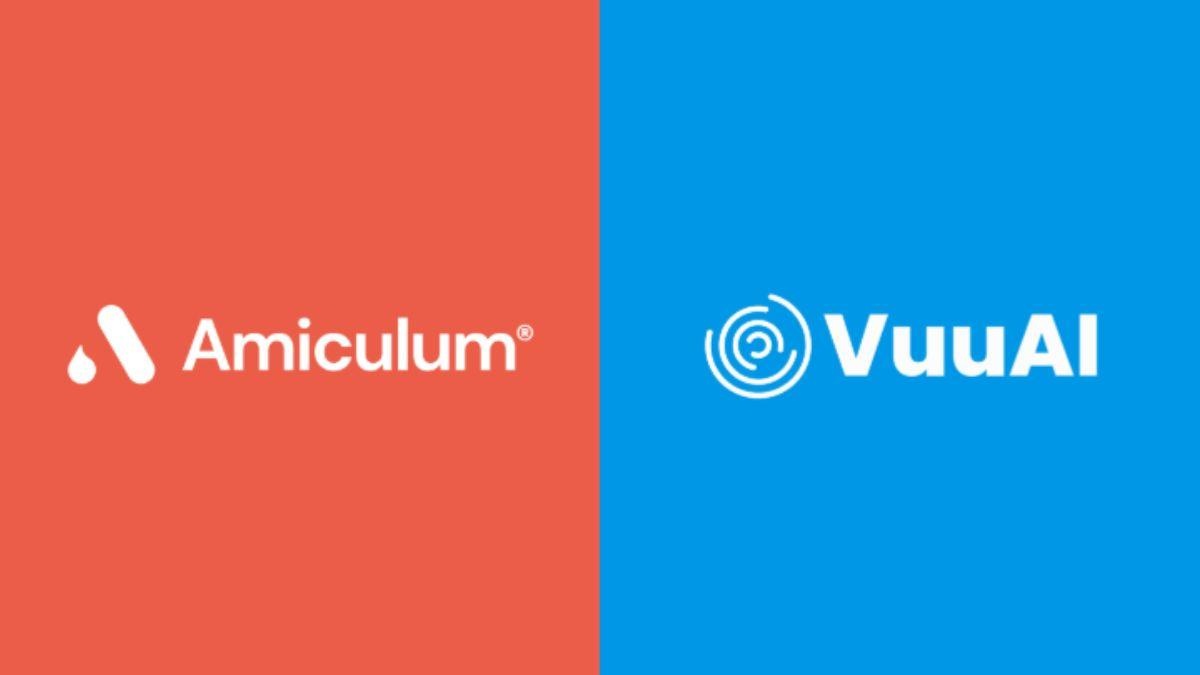Built for one: The case for custom formulation in the era of precision medicine

The precision medicine market is projected to exceed $175 billion by 2030, reflecting continued growth and interest in innovative approaches that tailor therapeutics that accounts for differences in people's genes, environments, and lifestyles (Precedence Research, 2023). But, while this approach promises to match therapies to patients more accurately than ever before, targeted treatments also demand more tailored development.
Success in this area means ensuring the right therapy reaches the patient in a form that is stable, effective, and ready for real-world use. It requires a formulation that is robust, scalable, and precisely aligned with the specific patient’s needs. For CDMOs, meeting this demand means they must do more than manufacture; they need to design.
Off-the-shelf doesn’t cut it anymore
As discovery chemists continue to push into the boundaries of the chemical space using in-silico tools to identify ligands for challenging targets, many discovery-stage lead compounds are now considered “undevelopable”. These molecules often fall outside Lipinski’s Rule of Five or exhibit difficult physicochemical properties, such as poor organic solubility, high melting points, and low permeability (PubMed, 2024).
Frequently, they are viewed as too risky to advance through development, so medicinal chemists resort to modifying their highly druggable molecules to compensate for the developability challenges. Additionally, developers may turn to advanced formulation techniques, but constraints, like solvent solubility or thermal compatibility, significantly limit formulation design flexibility. As a result, these systems may deliver inferior formulations, manufacturability challenges, or patient compliance issues from suboptimal dosage forms.
Tailoring the toolbox: A new design space
To illustrate the shift underway, consider the difference between painting with four colours and painting with fifteen. Conventional formulation methods provide only a handful of standard options. In contrast, more adaptable platforms expand the formulation design space, enabling solutions that are functionally effective, novel, and very difficult to reverse-engineer. This flexibility is critical as molecules become more chemically and structurally complex. Tailor-made formulations that integrate multiple polymers, wetting agents, and stabilisers not only improve performance, but also extend shelf life and improve manufacturability. Because these systems are built for a specific molecule, they also offer natural protection against generic replication (Allucent, 2023).
The strategic power of exclusivity
Exclusivity used to be defined by patents alone, but as generic competition accelerates and patent cliffs become steeper, tailored delivery systems offer another line of defense. Custom-built formulations can deliver dosing advantages and performance that simpler systems cannot match. In many cases, they also make reverse engineering impractical.
For small and mid-sized biotech companies, this formulation-driven exclusivity can help justify higher investor and asset acquisition value. For larger pharmaceutical companies, it is an important way to defend market share without relying solely on IP.
Beyond the platform: Tools and know-how
As drug candidates grow more complex, formulation science must rely not only on tools and technology, but on the expertise of the people using them. Success depends on scientists who understand both the properties of the molecule and the patient population it serves. The best CDMO partners combine a broader array of formulation tools with deep knowledge in areas like preclinical testing, DMPK analysis, materials science, IP, regulatory, manufacturing scale up, and patient demands. These clinical insights inform more strategic formulation decisions and improve the chances of downstream success.
When paired with robust characterisation capabilities and a clear understanding of how processes scale, this expertise helps CDMOs create high-value solutions that align with both scientific and business goals.
The role of IP in a customised future
The IP landscape for drug development is becoming more complex. Differentiated formulation and manufacturing approaches offer new ways to protect products beyond the traditional composition of matter claims. Innovations in characterisation methods, material combinations, and process design allow CDMOs to create sophisticated drug products that are difficult to replicate. This strategy enhances product exclusivity and supports long-term value.
Final thoughts: Precision development for a precision era
Precision medicine requires more than a biological target to be successful upon commercialisation. It requires precision in how a drug is designed, formulated, manufactured, and delivered. CDMOs that offer a broader design space, deeper clinical understanding, manufacturing, and strong IP awareness will be essential partners in this next chapter of drug development.
In a world built for one, only precision-built solutions will do.
About the authors
Elizabeth Hickman serves as chief executive officer at AustinPx, a leading contract development and manufacturing organisation (CDMO) specialising in bioavailability enhancement of orally delivered small molecule drug candidates. Hickman brings over two decades of expertise in the biotech and pharmaceutical sectors, formerly serving in leadership positions for West Pharmaceutical Services, Catalent, and Pii. She holds a BA in Microbiology from The University of Texas at Austin and an MBA in Marketing from San Diego State University.
Dr. Dave Miller currently serves as the chief scientific officer at AustinPx, where he leads their pharmaceutics and analytical development teams and oversees the application of the KinetiSol Technology, which he co-invented. Dr Miller specialises in formulation and processing technologies for improving the oral bioavailability of insoluble small molecules. He has applied his expertise toward advancing numerous drug candidates through all stages of development, from early discovery to line extensions, and he has published over 40 research articles in peer-reviewed journals, authored 8 book chapters, and is co-editor of the First, Second, and Third Editions of the textbook, “Formulating Poorly Water-Soluble Drugs”. Dr Miller holds a BSc in Chemical Engineering and a PhD in Pharmaceutics from the University of Texas at Austin.












